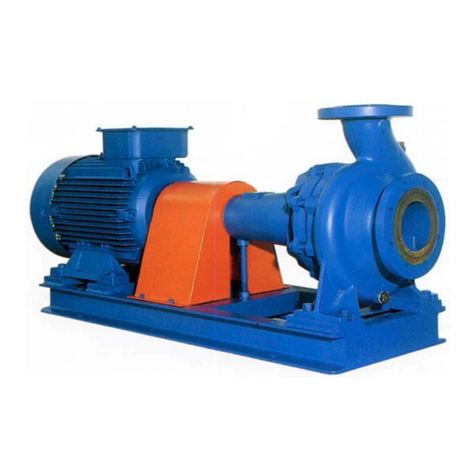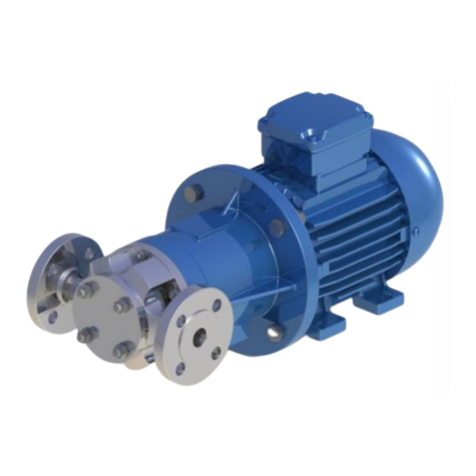
CONTENTS
ND Series Operating & Instruction Manual Page ii
GENERAL.................................................................................................................................................1
Construction features...........................................................................................................................1
Pump casing.....................................................................................................................................1
Shaft seal housing ............................................................................................................................1
Support ............................................................................................................................................1
Pump nameplate..............................................................................................................................1
Fields of applications............................................................................................................................2
Precautions during operation...............................................................................................................3
Noise levels ..........................................................................................................................................3
Operating limits ...................................................................................................................................5
Residual risks........................................................................................................................................5
In case of emergency............................................................................................................................6
Area of operation .................................................................................................................................6
Spare parts...........................................................................................................................................6
Transport .............................................................................................................................................7
Storage ................................................................................................................................................8
Storage for a period shorter than 3 months......................................................................................8
Storage for a period exceeding 3 months (but shorter than 12 months)...........................................8
Storage (after operation)..................................................................................................................8
Drivers..................................................................................................................................................9
INSTALLATION......................................................................................................................................10
Site installation ..................................................................................................................................10
Foundations .......................................................................................................................................10
Motor-pump units on baseplates....................................................................................................10
Pump and motor alignment ............................................................................................................... 11
Methods of checking alignment.........................................................................................................12
Straight edge..................................................................................................................................12
Dial gauge ("clocking") ................................................................................................................... 13
Optical methods............................................................................................................................. 13
Location and piping............................................................................................................................14
Admissible external forces and torques on pump flanges .................................................................. 17
Protecting the pump against dry running...........................................................................................18
Loss of liquid supply .......................................................................................................................18
Low inlet pressure ..........................................................................................................................18
`Dead-heading'...............................................................................................................................18
Electronic dry running protection.......................................................................................................18
Electrical connection..........................................................................................................................19
Connecting the electric motor........................................................................................................19
Oil lubricated......................................................................................................................................20
Bearings .........................................................................................................................................20
Oil type...........................................................................................................................................20
Direction of rotation...........................................................................................................................21





























